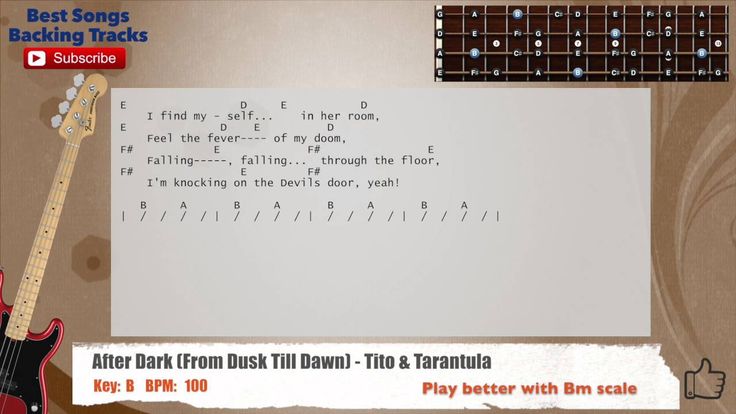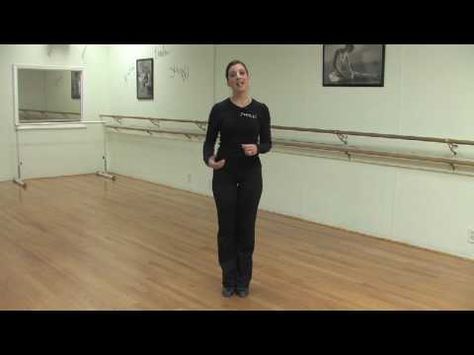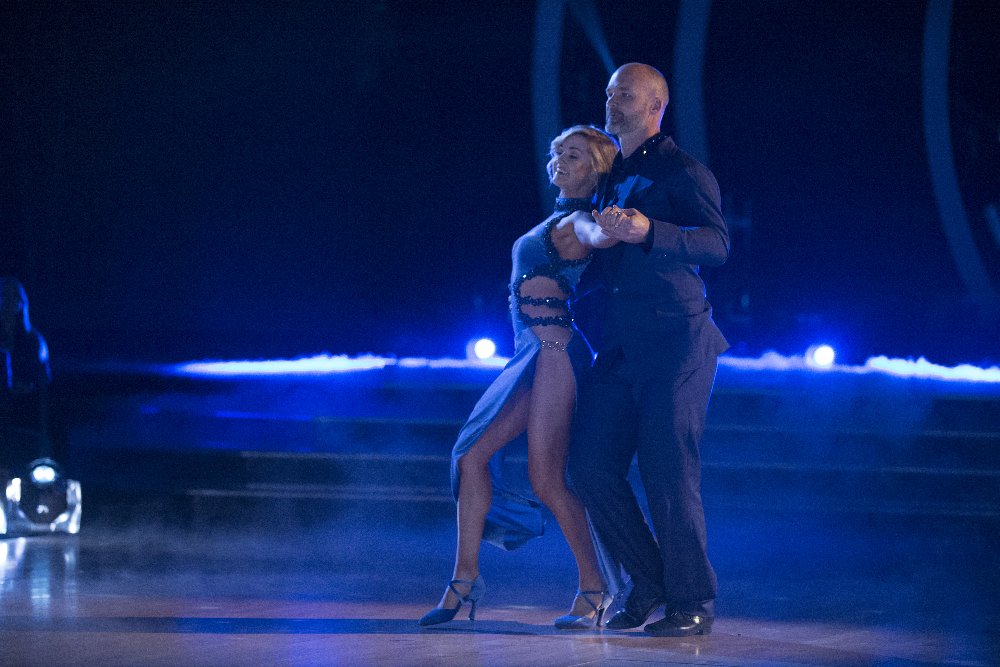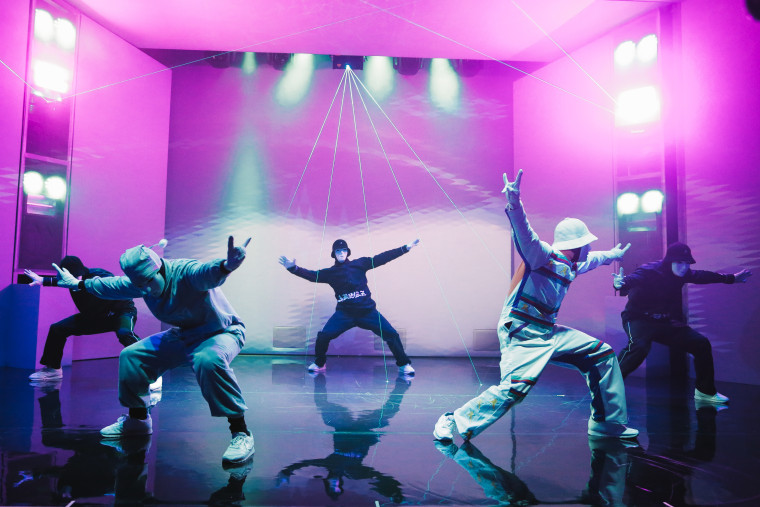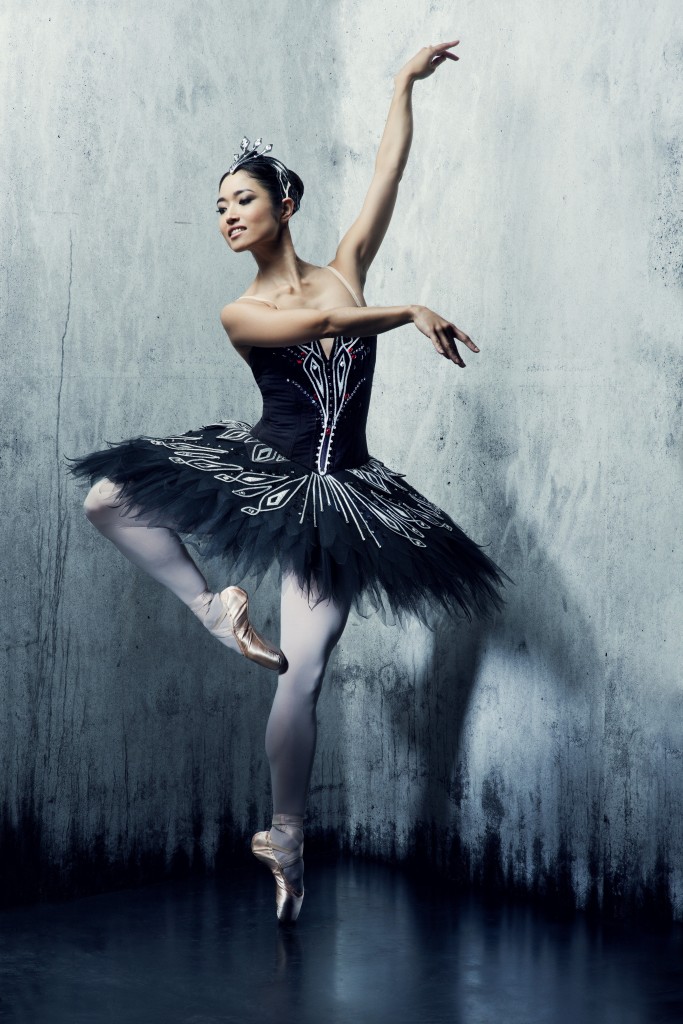How to do the take you down dance
The Chris Brown "Take You Down" from dancer Daniel Jerome
The Chris Brown "Take You Down" from dancer Daniel Jerome
Sometimes you just don't have control when music moves you. That seems to be the case for choreographer Daniel Jerome from the state of Washington (and Art Of Movement (AOM)).
Jerome posted on Instagram on September 6, a very intimate routine from the dance floor, saying in a long post...
When you blank out and the music takes over...then you snap back to life and realize you have embarrassed yourself by taking it down like Chris Brown...
When you blank out and the music takes over...then you snap back to life and realize you have embarrassed yourself by taking it down like Chris Brown because all of that inspiration from your high school years stored in the back of your mind that randomly felt it was appropriate to throwback right then and there because you knew you weren't able to dance like that back then during those years due to being an anti-social kid that wanted to do choreography back during that time, but didn't have the confidence because he only understood the mechanics of airchairs and backflips aka what's a body roll? Then you have to tell your mom I am just moving to the music after looking over the footage, but for some reason she's kind of supportive because she hears everyone else in the video being extra supportive (r.
i.p ears special thanks to @arianamichele) and you are more weirded out by it, but you are grateful to your Filipino mom and learned to accept that the music was in control and the energy was right thanks to Chapkis Dance Family and everyone in class that day and you remember that "dance like no one is watching" quote and realize you don't have to be embarrassed because music and dance is a great thing that brings a lot out of me that would have never come out if it wasn't for that combination and would never have had the many wonderful experiences I've had through it like this moment that I am kinda still embarrassed by because I'm actually quite shy when not in my element and this is definitely not what I practice, but more of a surprise for everyone including myself. Surprise!! If you wanted to these expensive, these is red bottoms. These is bloody shoes, hit the folks I could whip 'em both, I don't want a juice *dab* Congrats if you made it this far. I teach at urban ave tonight at 7pm.
🙈 #shortstoriesbydaniel #dance #sorrymom #sorryknees #leftmyglassestheresadface #arianabeextrasupportive #fingerguns #2017 #chapkis #justhavingfun
A post shared by Daniel Jerome (@danieljerome) on
Popular On INLet'sGo!
KHip-Hop Tours/Concerts Happening Soon in 2022
Fans of South Korean hip-hop will soon have a chance to see their favorite artists on stage. More than two years after the coronavirus pandemic put live in-person performances on hold, now with declining cases globally, artists are once again preparing to go on tour. That includes Khip-hop rapper, Hi-Lite Records founder Paloalto, as well as AOMG artists YUGYEOM, Woo, Coogie, Sogumm, DeVita and DJ Wegun.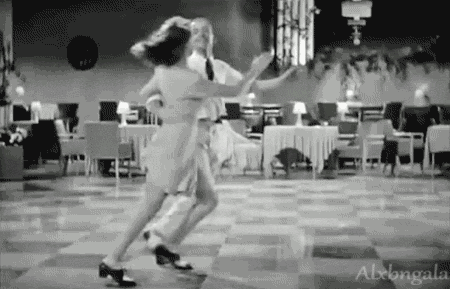 In addition, Kpop mega stars BTS are also preparing for a mini- Las Vegas residency. ( Part 2: Hip-hop and R&B Concerts/Tours Happening Soon in 2022 (summer, fall, winter) ) Rapper Paloalto kicks off the Khip-hop tour season. His U.S. tour begins March 10 in New York. He then hits the stage in Washington, D.C., Los Angeles and Seattle. AOMG artists Woo, Coogie, Sogumm, DeVita and DJ Wegun begin their "Above Ordinary USA Tour" on March 18 at South by Southwest (SXSW) in Austin, Texas. The labelmates then hit the road for concerts in Dallas, Houston, Atlanta, Minneapolis
In addition, Kpop mega stars BTS are also preparing for a mini- Las Vegas residency. ( Part 2: Hip-hop and R&B Concerts/Tours Happening Soon in 2022 (summer, fall, winter) ) Rapper Paloalto kicks off the Khip-hop tour season. His U.S. tour begins March 10 in New York. He then hits the stage in Washington, D.C., Los Angeles and Seattle. AOMG artists Woo, Coogie, Sogumm, DeVita and DJ Wegun begin their "Above Ordinary USA Tour" on March 18 at South by Southwest (SXSW) in Austin, Texas. The labelmates then hit the road for concerts in Dallas, Houston, Atlanta, Minneapolis
B.I links up with Soulja Boy and DeVita in new song - "BTBT"
South Korean rapper and singer B.I dropped his new collaboration "BTBT," with American rapper Soulja Boy on May 13. His song featuring AOMG singer DeVita, is a pre-release off his upcoming album project "LOVE OR LOVED [L.O.L]." The single is a mixture of dance vibes with afrobeat backgrounds. The song title refers to a Korean phrase that means staggering. B.I is a former member of Kpop group iKON, and he's now releasing music as a solo artist under his 131 Label, affiliated with IOK Music. On May 13, the rapper released a futuristic music video with the rollout for "BTBT." He has also announced a performance video with choreography by AITTY TOO for the single. That visual is due out on May 17 (or May 18 KST).
B.I is a former member of Kpop group iKON, and he's now releasing music as a solo artist under his 131 Label, affiliated with IOK Music. On May 13, the rapper released a futuristic music video with the rollout for "BTBT." He has also announced a performance video with choreography by AITTY TOO for the single. That visual is due out on May 17 (or May 18 KST).
Part 2: Hip-Hop and R&B Concerts/Tours Happening Soon in 2022 (summer, fall, winter)
More artists are hitting the stage in 2022. If you missed out on concerts and tours earlier this year, there's still more on the way. Check out the growing list of announced upcoming events in North America below. If you know of a singer/group in concert or tour soon, and would like to see them on the list, email us the details at: [email protected]. CONCERTS, TOURS & FESTIVALS (UPDATED) JULY -GSoul: The South Korean R&B singer announced his North American Tour last month, following the conclusion of his European tour. With eleven scheduled stops, it will kick off July 7 in Vancouver and end July 24 in Seattle. Ticket information is at Kohai.com . -Lollapalooza : The festival takes place in the historic Grant Park in Chicago July 28-31. This year, J-Hope, member of Kpop group BTS, will headline with a closing performance on the main stage on Sunday, July 31st. His performance will make history, cementing him as the first South Korean artist to ever headline a main sta
With eleven scheduled stops, it will kick off July 7 in Vancouver and end July 24 in Seattle. Ticket information is at Kohai.com . -Lollapalooza : The festival takes place in the historic Grant Park in Chicago July 28-31. This year, J-Hope, member of Kpop group BTS, will headline with a closing performance on the main stage on Sunday, July 31st. His performance will make history, cementing him as the first South Korean artist to ever headline a main sta
Rapper Shotta Spence Shares his Mother's Story
Shotta Spence, the 21-year-old up and coming rapper from New Jersey, shared part of his mother's journey from Vietnam, on Instagram, on Monday, September 4, as he wished her a Happy Birthday, and thanked her for supporting him as an artist. In his post, Shotta Spence (Spence Lee) wrote that when his mother was a little girl in Vietnam, "the communist North had taken everything from her family. During the war, her parents and siblings had to escape further south in a TANK.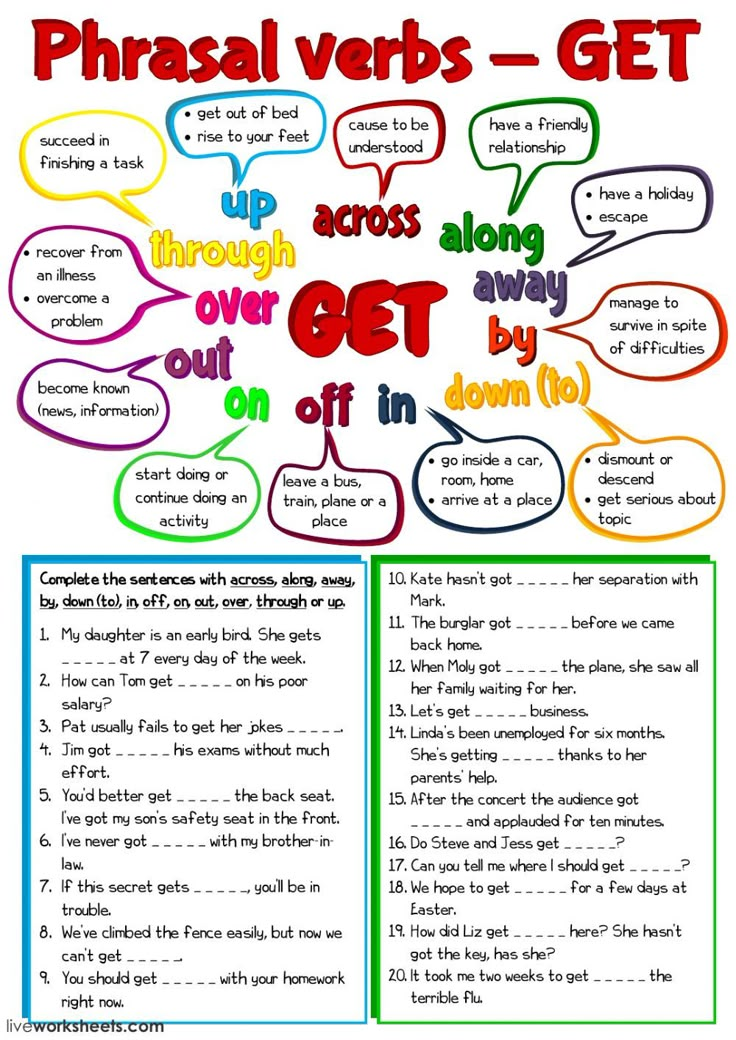 The South Vietnamese and the Americans were losing the war, and she got separated from her family in the chaos. U.S. soldiers evacuated her via "Operation Babylift" ... on the LAST flight out." Shotta Spence goes on to say that the flight his mother was originally supposed to be on, had gotten shot down. "But by the grace of God she wound up in Ohio, then Washington Heights (NY) and got into fashion.. and the streets." Shotta also adds that his mother didn't
The South Vietnamese and the Americans were losing the war, and she got separated from her family in the chaos. U.S. soldiers evacuated her via "Operation Babylift" ... on the LAST flight out." Shotta Spence goes on to say that the flight his mother was originally supposed to be on, had gotten shot down. "But by the grace of God she wound up in Ohio, then Washington Heights (NY) and got into fashion.. and the streets." Shotta also adds that his mother didn't
NEW MUSIC: Khakii rides a smooth vibe in new EP- "TIDE"
Back with his second EP, South Korean artist Khakii dropped his latest project- "TIDE," on August 20th under the label - WAVY. The 7-track mini-album delivers a smooth vibe with features from Tiger JK, Moon Sujin and (WAVY label founder) Colde. It hit streaming sites, with a visual for the chill track-- "On The Beach." Check it out below.
B Young drops hot visual for new song "OCEAN" ft. BNXN
London artist B Young has returned with a hot new single. The rapper/singer dropped his new song "OCEAN" featuring Nigerian singer BNXN, with an official music video on June 30. The visual includes beautiful scenes on a beach with a beautiful model. The song produced by AymixBeats is B Young's first release since his 2021 debut album "Differences."
The rapper/singer dropped his new song "OCEAN" featuring Nigerian singer BNXN, with an official music video on June 30. The visual includes beautiful scenes on a beach with a beautiful model. The song produced by AymixBeats is B Young's first release since his 2021 debut album "Differences."
A must see in the Southeast: Lexington's Roots and Heritage Festival returns after a two-year hiatus
From delicious foods and marching bands, to an appearance from members of the University of Kentucky women's basketball team, the City of Lexington, KY saw the return of its annual Roots and Heritage Festival the weekend of September 9th-11th. The festival was voted as one of the "Top Twenty Events in the Southeast" by the Southeast Tourism Society, according to organizers, and it's been going strong for more than 30 years. The event had been put on hold for two years because of the coronavirus pandemic. The festival this year, included nightly live music performances, its iconic Saturday parade and plenty of food and clothing vendors.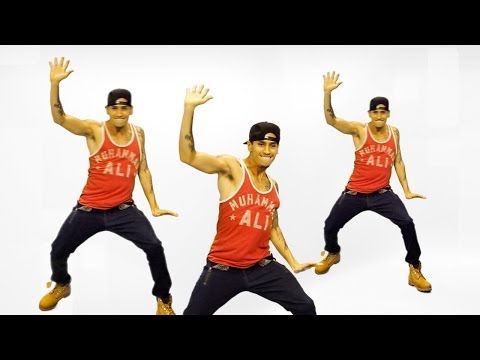 The annual event celebrates Lexington's rich diversity, traditions, African-American culture and community spirit. The festival also showcases the rich talent from Louisville's Central High School Marching band, which has been making a parade appearance for years. Louisville is about an hour and half's drive from Lexington
The annual event celebrates Lexington's rich diversity, traditions, African-American culture and community spirit. The festival also showcases the rich talent from Louisville's Central High School Marching band, which has been making a parade appearance for years. Louisville is about an hour and half's drive from Lexington
Drake and Jack Harlow shoot music video during The Kentucky Derby for song "Churchill Downs"
On the eve of the 148th running of the Kentucky Derby, Louisville native and rapper, 24-year-old Jack Harlow dropped his new album- "Come Home the Kids Miss You." The project hit streaming sites on May 6th, one day before the May 7th Derby at the Churchill Downs horse-racetrack in Louisville. Harlow's album includes the Drake-assisted song "Churchill Downs," in which the two rappers share lyrics of introspection before Drake wraps up the more than five minute track with... "Kentucky derby races, my presence in the spot is so abrasive. Box at the Churchill Downs, that's motivation, yeah. And shorty like, "You know that boy Jack is goin' places." The lyrics in Drake's verse were a prelude to what was to come. Both artists were caught on camera at Churchill Downs on Derby day, along with comedian Druski and Louisville singer Bryson Tiller, reportedly filming the music video for their new song. In addition to shooting the visual, Harlo
And shorty like, "You know that boy Jack is goin' places." The lyrics in Drake's verse were a prelude to what was to come. Both artists were caught on camera at Churchill Downs on Derby day, along with comedian Druski and Louisville singer Bryson Tiller, reportedly filming the music video for their new song. In addition to shooting the visual, Harlo
Jay Park drops performance video for new song "Thoughts Of You" feat. pH-1 & BENZO
Multilingual artist and businessman Jay Park has released a new single with Chinese and English lyrics. Park dropped "Thoughts Of You" featuring pH-1 and BENZO on April 28, with a performance video on YouTube featuring his MVP (More Vision Project) dance crew and rapper pH-1 also busting a few moves. The new song follows the rollout of Jay Park's chart-topping song "GANADARA" on March 11, featuring South Korean singer and actress IU. Park released a performance video for that song on April 24, featuring MVP and HolyBang. The video dropped one day before his 35th birthday on April 25.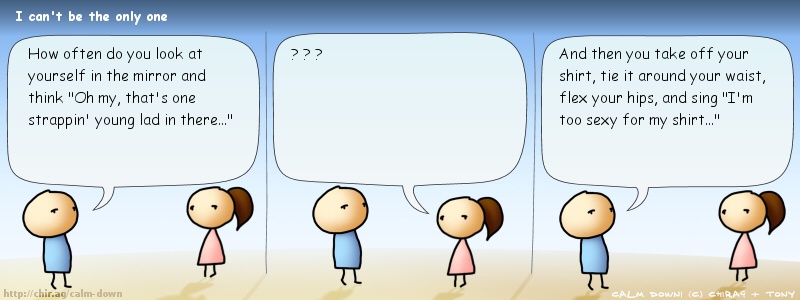 The release of the new music comes under Park's new label/company MORE VISION, which he announced on March 2, while successfully launching his new soju brand WON SOJU and after stepping down as CEO from AOMG and h2GHR MUSIC.
The release of the new music comes under Park's new label/company MORE VISION, which he announced on March 2, while successfully launching his new soju brand WON SOJU and after stepping down as CEO from AOMG and h2GHR MUSIC.
Davion Farris melting hearts with new R&B album - "Moved"
Crooning with old school vibes, R&B singer/songwriter Davion Farris dropped his new project "Moved" on May 20. The seven-track EP hit streaming sites just days after the release of the visual for his soulful track- "Tunnel Vision." Check it out below.
A Dancer's Guide to Knowing What Dance to Do to a Song » Dance With Brandee
A Dancer’s Guide to Knowing What Dance to Do
What Dance Do I Do to This Song?
Here’s how to your dance music know-howDancers, have you ever found yourself standing on the sidelines for the first half of each song trying to figure out what dance is supposed to be done to the music? Like my students you might be wondering: How do I know what dance to do to a song?
Many events help you out by announcing each song’s dance or posting a set list for your reference. Even then, some songs work equally well for more than one dance, so being able to match dances to songs is a skill to develop. And of course, you’ll need that skill at weddings and private parties that don’t have these dance aids.
Even then, some songs work equally well for more than one dance, so being able to match dances to songs is a skill to develop. And of course, you’ll need that skill at weddings and private parties that don’t have these dance aids.
Until there’s an app for it, I want to help you develop your dance music know-how. Of course, there are lots of variables in dancing and music, exceptions to the rules, etc. But I’m going to keep this simple, so consider this a rough guide to figuring out what to dance to a song.
No Hard and Fast Rules
First of all, unless you’re at a dance competition, know that there are no hard and fast rules for which dance must be performed to a particular song. You get to choose the dance you want to do. That said, when you fit a dance well to a song, it’s easier to keep rhythm, to express the character of the dance, and overall, it tends to just feel better.
And some dances’ music is unique enough that it will hit you clearly. For example, Tangos have a distinctive staccato rhythm and dramatic.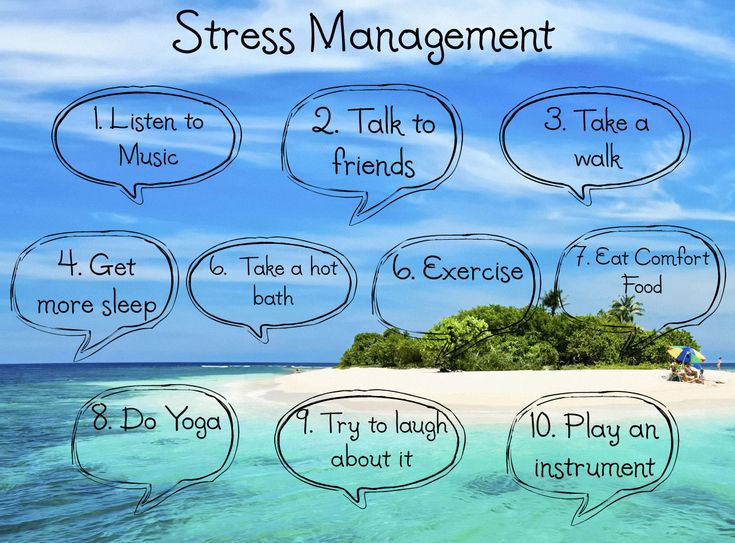 Once you’ve heard a few Tangos, without needing to think, you’ll just know it’s a Tango.
Once you’ve heard a few Tangos, without needing to think, you’ll just know it’s a Tango.
For the rest, it’s really just a process of elimination. As you become more experienced, hearing the dance in most songs will become more automatic.
5 Easy Steps to Determine What Dance to Do
1. Get a Feel for the Song’s Speed
Ask: What’s the speed of this song?Start by determining the song’s tempo (i.e., it’s speed.) This simply means getting a feel for whether the song is slow or fast or somewhere in between.
Sometimes the instrumentation or vocals in a song can fake you out. For example, a song may sound very upbeat but actually have a rather slow beat. Until you get good at gauging a song’s tempo, just tap your toes or fingers to the beat of the song, becoming a human metronome for its true speed.
Once you know if the song is slow or fast (or somewhere in between), you can then rule out some dances. For example, if the song is fast, then all the slower dances are out, such as Rumba, Nightclub Two Step and Slow Waltz. Or if the song is really slow, you can cross off Cha Cha, Salsa, East Coast Swing and Viennese Waltz.
Or if the song is really slow, you can cross off Cha Cha, Salsa, East Coast Swing and Viennese Waltz.
Note: As a beginner, you’ll likely only be comfortable dancing in a narrow tempo range for each dance. So if you identify a song as Cha Cha but find yourself unable to keep up with the music, it doesn’t necessarily mean you made a mistake identify it as a Cha Cha—you just may not be experienced enough to dance to the full tempo range for Cha Cha.
If you’re curious, check out this list of tempo ranges for each dance (this is one person’s idea of good tempos, not an official list). In case you’re interested, here are the official tempos used at ballroom dance competitions.
2. Rule Out If It’s a Waltz
Waltzes have 3 beats in a measure (instead of 4)As you’re tapping out the speed of a song, count the beats. If it’s easy to count 1-2-3-4 it’s not a Waltz. However, if counting in four’s feels off, try counting in three’s: 1-2-3, 1-2-3.
Most songs are in 4/4-time, meaning there are four beats in each measure. However, Waltzes are in 3/4-time, with only three beats in each measure. (There are other time signatures, but 4/4 and 3/4 are main ones you’ll encounter.)
However, Waltzes are in 3/4-time, with only three beats in each measure. (There are other time signatures, but 4/4 and 3/4 are main ones you’ll encounter.)
If 1-2-3 matches the music, you’ll know it’s a Waltz. And having already gauged the song’s speed, you can immediately determine whether it’s a Slow Waltz (slower) or Viennese Waltz (about twice as fast as Slow Waltz).
3. Listen to Its Rhythm/Feel
What’s the rhythm or feel of the song?If the song isn’t a Waltz, your next step is to pay attention to the song’s rhythm or feel. Is it happy, romantic, dramatic, bluesy, melancholic, or funky? Does it have a Latin/Afro-Cuban beat? Does it make you want to bounce, glide, twirl or march? Listening to the songs’ rhythm and character will help you sort it into one of a few broad categories: Ballroom, Latin, Swing, or other (Hustle, Country Western, Nightclub Two Step, etc.).
For example, say the song has a Latin rhythm. The most common Latin dances in ballroom/social dancing are Rumba, Cha Cha, Samba and Salsa.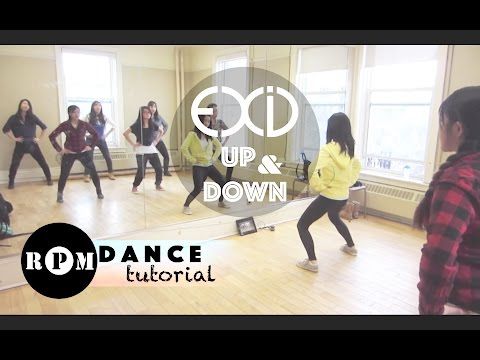 Rumba is the only one of these with a slower, romantic feel. So if the song is like that, you’re ready to Rumba!
Rumba is the only one of these with a slower, romantic feel. So if the song is like that, you’re ready to Rumba!
And if the song’s rhythm is upbeat, you can eliminate Rumba and then parse out which of the remaining three dances it might be. Samba has a very distinctive “boom-a-boom” percussive beat (think Brazilian Carnaval music). If you’re hearing that, it’s probably a Samba. If you’re not, congratulations, you’ve narrowed it down to a Cha Cha or Salsa.
4. When in Doubt, Step It Out
Dance in place to see what matches the musicContinuing with the same example, say you’ve figured out the song is either a Cha Cha or a Salsa. Cha Chas usually have a “cha-cha-cha” in their beat, although you may not be able to hear this until you have more experience.
At this point, it’s time to experiment with the basic steps in each dance. Do this on your own in place, so small and casual people might not even notice. Try a few Cha Cha basics and see how well your feet match the music. Then try the Salsa basic. Usually one will feel like the right fit and voila, you’ve successfully determined what dance to do to this song!
Then try the Salsa basic. Usually one will feel like the right fit and voila, you’ve successfully determined what dance to do to this song!
5. Or “Cheat” and Steal a Peek
If you’re still stumped after you’ve “stepped it out,” have a look and see what others are dancing. As a beginner, it’s often best to look at intermediate-level dancers. Fellow novices are likely as lost as you are, and advanced dancers may be dancing fancy figures with so much styling and technique you won’t even recognize what they’re dancing as the same dance you know! Intermediate dancers, however, will know which dance to do to a song yet will still be dancing figures you can recognize.
Have Fun: Make into a Game!
I encourage you to make a game out of matching dances to songs when you’re not out dancing. Play the “What Could I Dance to This Song” game when you’re listening to music at home, in the car or when you hear a tune playing at a store or on the street.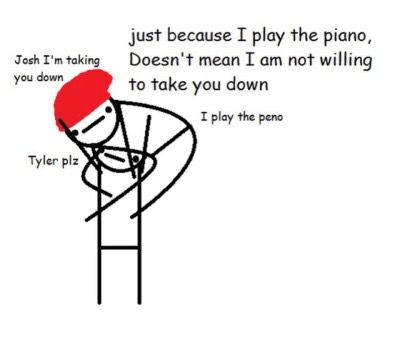
Of course, all music isn’t made for partner dancing (e.g., classical, electronica, hip hop and even many pop tunes). So to make it easier on yourself you may want to listen to songs pre-selected for a dancing, such as those off a ballroom dance practice CD or from a recommended playlist like this.
Remember, ultimately which dance to do is your choice, so have fun and feel free to be creative. That said, be respectful of other dancers on the floor. For example, make sure you use proper floor etiquette, especially if you decide to do a dance that’s different from what the majority on the floor is doing. If doing a traveling dance, stay on the outside track, moving in the line of dance; if doing a spot (non-traveling) dance, dance in the center of the floor.
Over time the process of matching songs to dances will become faster and simpler. You may even find yourself mentoring new dancers on the subject!
90,000 12 life hacks, to quickly learn how to dance from Mamita DanceDances
Author: Pavel Gather
Psychologist, Lecturer Salsa and Tango
Dances
Author: Pavel Pavel
Psychologist, Lecturer Salsa
on At the start, you always want to get a quick result. When it doesn't happen, the hypothesis arises that everything takes time. After a conditionally acceptable time, humility comes to mastering pair dances, which, perhaps, is not given, and I will just do what I learned somehow.
When it doesn't happen, the hypothesis arises that everything takes time. After a conditionally acceptable time, humility comes to mastering pair dances, which, perhaps, is not given, and I will just do what I learned somehow.
This is the most common story of those who believe that the mere act of attending a pair dance class is enough to learn how to dance.
Absolutely not. If you want to really dance well, you have to make an effort outside of the dance class. A good teacher will definitely be needed, but the initiative should be on your side.
1. Listen to music
The most common and accessible advice that is given already in the first lessons. And it definitely works. Music creates a certain atmosphere of the dance and intuitively you want to move to it. It doesn't matter where you listen to music - in the car, on headphones while walking or doing household chores.
An addition that will help you dance better is your active participation in the music. Sing along, dance or simply beat musical accents with any free parts of the body. In the subway, for example, it is enough to tap out bright moments with your fingers, in the car to sing along with sounds, and at home you can jump for pleasure.
Sing along, dance or simply beat musical accents with any free parts of the body. In the subway, for example, it is enough to tap out bright moments with your fingers, in the car to sing along with sounds, and at home you can jump for pleasure.
2. Watch videos of good dancers
It's complicated, but also obvious. It’s more difficult, because without recommendations from more experienced dancers, unfortunately, it’s not so easy to find a good quality video on the net (I mean not the resolution quality, but the content itself).
Meaningful video viewing is about building an understanding of HOW dancers make a particular impression on a partner or viewer. Technology is at the heart of everything. Understanding how the pros do it is a big step forward.
It is important to distinguish a show from a disco dance, a staged performance from an improvisation, a stylized dance from an authentic one, etc. Ask for recommendations and dance teachers will always throw off a couple of videos of worthy landmarks.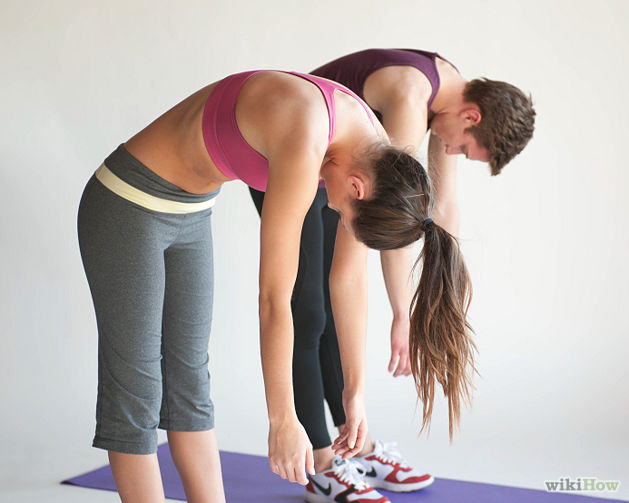
Tango Z. Showreel.
Online modern tango courses
Tango nuevo is the most advanced version of tango. We can quickly learn to dance from zero to a steep level.
| View details |
3. Dance in salsatecas/milongas/discotheques
A very delicate moment when it is worth coming to the first party. From a technical point of view, most students in 1-3 months have a sufficient set of figures and techniques to come and dance calmly. Psychologically, the same moment can be stretched out for an indefinite time. After all, it is imperative to “not lose face”, “learn more figures” and be sure what to do in case “there is an unfamiliar movement”.
In fact, the partygoers don't really care (except for a small layer of non-professional teachers who want to help inexperienced dancers by treating them as customers in the future). It is important to come and try dancing after a month of classes. You can only with friends or guys from your group. This will be enough to feel the adrenaline and inspiration from the dance.
You can only with friends or guys from your group. This will be enough to feel the adrenaline and inspiration from the dance.
4. Dance with partners or partners not of your level
The conventional wisdom that you need to practice in groups of your level does not withstand the test of experience. Perhaps now your eyes widened in surprise, and you want to meaningfully read the phrase again. Yes, you saw everything correctly: when you dance with a partner of your level, you don’t grow anywhere.
It's important to understand that not only does it work one way and you have to dance with cooler dancers, but it works even more effectively the other way. It is no coincidence that teaching pair dances dramatically raises the level of the teacher himself. You have an endless stream of very beginner dancers.
How it works. A more experienced partner needs to be "stretched". It's easy and obvious. With beginners, you need to take more initiative on yourself, see the general pattern of the dance more widely, turn on and insure more, try to be an example and be more careful. The quality of interaction begins to grow significantly. And wonderful partners too.
The quality of interaction begins to grow significantly. And wonderful partners too.
Dancing with partners of your level doesn't make you grow. Dance with both beginners and more advanced dancers
Dominican Bachata Women's Style Online Course
Want to learn how to hypnotize those around you with the most appetizing part of your body? On the course we will tell you all the secrets.
| Interesting |
5. Learn to dance for a partner and for a partner
Turks and Argentines are one of the best partners in the world. In Russia, partners are highly valued. Why? The answer is simple. In Argentina and Turkey, it is not questionable for men to ask another man to lead in one piece or another and give feedback on the quality of the lead. For them, it will be a great shame to hear moralizing from a partner, or even more so to be known in the community as an insecure partner.
In Russia, due to the constant, often far-fetched, opinion that there are more women in pair dances, partners calmly get up and study their partner's part. Such partners then grow into very cool dancers and teachers. In no case do this at parties, only in class. Here we are talking only about the learning strategy. At parties, be yourself.
6. Do not memorize the links
Always try to look deeper and understand the through principle and idea of movement. Understanding what and how is done will make it possible to independently generate any sequences and chips.
Human memory is limited and there will always be a moment when something will escape and your repertoire will be limited by the size of RAM.
In Argentine tango, for example, there are seven levels of movement construction that, when mastered, will allow you to make millions of combinations. And how many dance sequences can you really remember? In rueda, more than 150 figures dance in a rare circle. It's hard to keep more in mind.
It's hard to keep more in mind.
7. Develop your body
Many years of experience in teaching couple dance shows that as soon as everyone pairs up in a class, any progress in individual style ends. But it is the individual style that distinguishes everyone at the disco: partners change, and style is always with you.
The body as the main instrument of dance must be very plastic, responsive and emotional. Surprisingly, not all pair dance schools have a general physical warm-up. It is vital to tune the body and understand how it works.
You can always train extra and concentrate more on the basic steps, as their true value is as body work. The sequence of steps is, in fact, the simplest thing that can be in pair dancing. The quality of individual performance determines the craftsmanship.
8. Try on the images of inspiring dancers
A psychological life hack for those who have already mastered the steps, but still feel that there is not enough brightness and drive.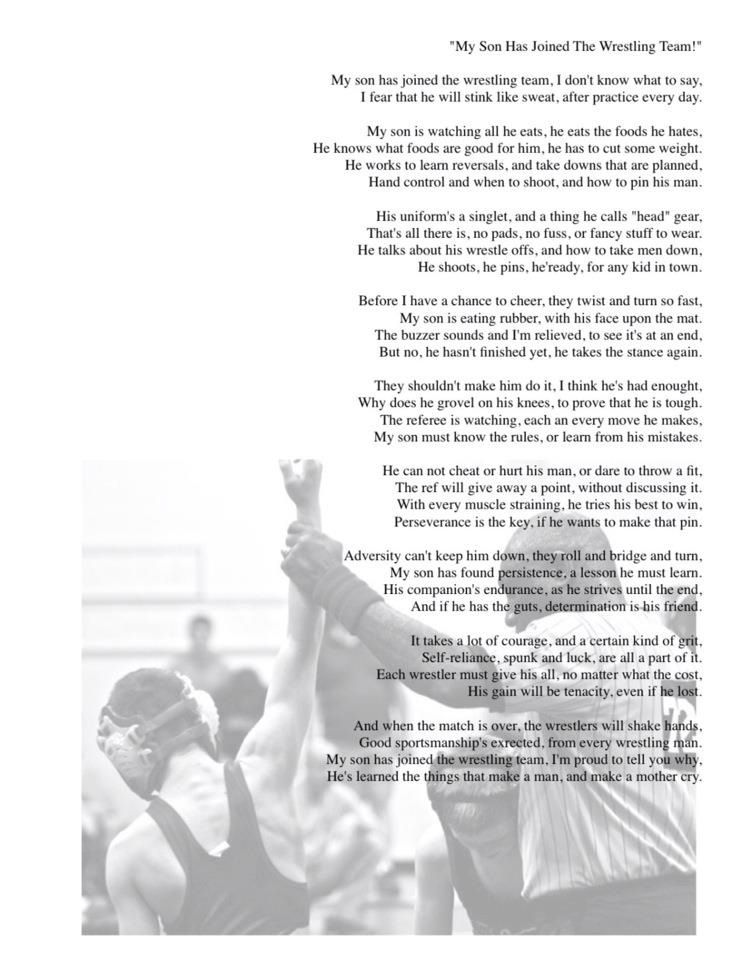 Most are terribly afraid of being someone else's "clone". Here the action is the same as under the influence of hypnosis - the more you resist, the more you plunge into an altered state of consciousness.
Most are terribly afraid of being someone else's "clone". Here the action is the same as under the influence of hypnosis - the more you resist, the more you plunge into an altered state of consciousness.
With a high degree of probability, you are already dancing like someone else's "clone". A meaningful fitting of someone else's image is that you mentally take the image of the one who inspires you (inspiration is critical in this case) and "put on" yourself. Then you start dancing and trying to feel in general how it is to be able, for example, to be the best partner or the sexiest partner in a disco. This is much more difficult than it seems. But it works extremely efficiently.
9. Dance to offbeat music
Habitual rhythms keep you tight. Tango salon or speedy timba leave little room for experimentation and fantasy. Pattern dancing is always noticeable and is reserved for beginners.
The truly new is born outside of the usual.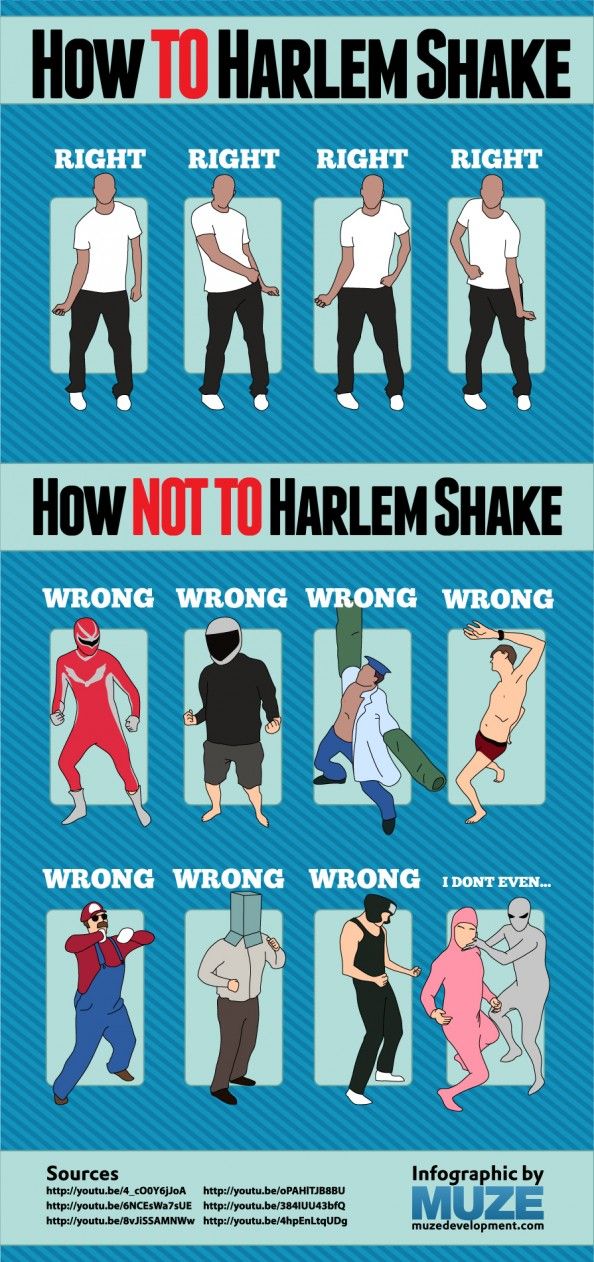 Look for places to experiment. If there is no place, organize self-training. The main thing is not to get carried away, because music determines the style. We bring something new to pair dances, rather than trying to change them.
Look for places to experiment. If there is no place, organize self-training. The main thing is not to get carried away, because music determines the style. We bring something new to pair dances, rather than trying to change them.
Search, improvise, don’t be afraid to go beyond, develop in different directions, be inspired by music atypical for the style
10. Try your hand at basic dance directions
dances exist according to their own non-choreographic laws.
This is the deepest delusion, which has turned into a ceiling for the qualitative development of partner dances. After all, all professional dancers, for example, in salsa or bachata, build their ideas on the basic choreographic principles.
Do not think that choreography is only applicable on stage. Any meaningful movement of the body can be choreographic. In general, try classical or modern choreography. Basically, hip-hop can work too.
11. Look for battle sensations
Pair dances return us to an active position of manifestation of our body. As in the days of our ancient ancestors, we impress the members of the opposite sex by how dexterous, hardy, sexy, etc. we are. Modern laws of the jungle in the entourage of big cities.
If you look around the dance floor, it becomes clear that the majority are clearly herbivores (not in the sense of vegetarians, but in relation to those around them). I am sure that predators are always more interesting in terms of the attractiveness of the image - try to find a counterbalance among herbivores, for example, a cat woman or a lion man.
The conversation is about an internal position, not about aggressiveness. Lability and lack of control are inherent in adolescents, and not in adult self-sufficient people.
Accordingly, even a training or friendly battle gives, on the one hand, practical skills - to make a bright sequence of movements, bring an idea to a climax, show a spectacular feature, on the other hand, develops the psychological basis of the dance - self-confidence, resistance to extraneous attention, self-control and self-control in complex elements.
12. Communicate with professionals
The environment shapes the internal position. Basically, real passionaries of the dance community are ready to openly talk, discuss and support the development of dance in every possible way. Universal principles and the ideas they articulate have a much longer and more practical perspective than meets the eye.
Accept that, for example, behind the words "listen to your partner" is not only a beautiful metaphor, but also a practical skill to literally listen to your partner. At the same time, always treat every thought, even the most respected teacher, as a private opinion.
Your skill will lie in finding the scope of the idea even in conflicting opinions. Most often, the contradiction is speculative and the truth lies in the angle of perception or situationality.
Your dancing growth will stop sooner or later. This can happen at the level of three basic steps or years of experience in teaching and show performances. Regardless of your level, the suggested 12 life hacks can get you off the ground and greatly accelerate your dance growth. There is no way here without your motivation and activity. Take your dance development into your own hands. 9Ol000 Dangerous sexuality
Regardless of your level, the suggested 12 life hacks can get you off the ground and greatly accelerate your dance growth. There is no way here without your motivation and activity. Take your dance development into your own hands. 9Ol000 Dangerous sexuality
Salsa: destroyers of stereotypes
Couple dancing as a source of strength.
Self-destruction of the couple dance community
The Salsa series as a mirror of the community
Mamita Fridays: salsa, bachata
Destroying the myths about leading pair dances
Does dancing make us better?
The seven deadly sins of teachers
Why we will never dance bachata like the Dominicans
Why tango?
Dispute over musicality
Selection of dances according to alcohol preferences
Where to find inspiration for dancing?
Terrible tango nuevo
Distribution of roles in a salsa party
Argentinean tango through the eyes of a salsa dancer
Is there a predisposition to dancing?
Which is more effective: individual or group lessons?
Sexual overtones in partner dancing
I want to dance.
 10 misconceptions about dancing
10 misconceptions about dancing The desire to learn to dance is natural and natural in the modern world. You can list the reasons, starting with obvious and popular pragmatic desires, for example, to start moving or losing weight, ending with unconscious and even existential ones.
This is due to the fact that dancing is at the subtle intersection of the inner and outer worlds, physical and spiritual. Above this, music becomes a driver that cannot leave anyone indifferent.
In dancing there is magic inside a person, which is not always noticeable when observed from the side. At the initial stage, it is the external picture that attracts to dances, and sometimes repels, as it seems too frivolous and superficial.
But there are even stronger obstacles that stop many people from starting dancing. These illusions and delusions roam the minds of the majority, and are often afraid to ask about them directly, or they ask the question about it so often that they are no longer ready to hear an honest direct answer. I will try to do it in this article.
I will try to do it in this article.
There are many examples of contemporary dance educators sharing their thoughts about not expecting to be in the dance industry. Once upon a time there was a man and was engaged in adult, serious business. Sometimes even very serious. A person could have children and even grandchildren. I saw dances only on stage or on TV. For reasons unknown to himself, he ended up in dances. At first, everything seemed like entertainment and a useful pastime. But time has passed, and a person catches himself thinking that he thinks about dancing not just every day, but really all the time. A couple of years pass, and he already becomes a teacher or organizer of some event.
A similar path can start at 15 or 55 years old. The only difference will be in the self-perception of the starting stage, that it’s too late to dance. In fact, for each age there is its own dance direction, which can reveal it to the greatest extent at this stage. Hip-hop or breaking is closer to children and teenagers, and Argentine tango is closer to adults. It's never too late to start dancing. You need to make the right choice of dance style based on several parameters: age, gender, music, goal. There is a dance direction for any arrangement.
Hip-hop or breaking is closer to children and teenagers, and Argentine tango is closer to adults. It's never too late to start dancing. You need to make the right choice of dance style based on several parameters: age, gender, music, goal. There is a dance direction for any arrangement.
Misconception 2: men don't dance
Our culture has a number of restrictions related to dancing. Most of these causes are psychological and lie outside the realm of rational reasoning.
First, in our culture, in principle, dancing for pleasure or self-expression appeared relatively recently. 20-30 years ago dance clubs were only for children. To start dancing even in adolescence was considered exotic.
Secondly, the aesthetics of the body in our country for men is not in the focus of attention. In general, this can be attributed to the fact that Russian men try hard not to draw attention to their appearance and clothing. Men in our country use other tools for this.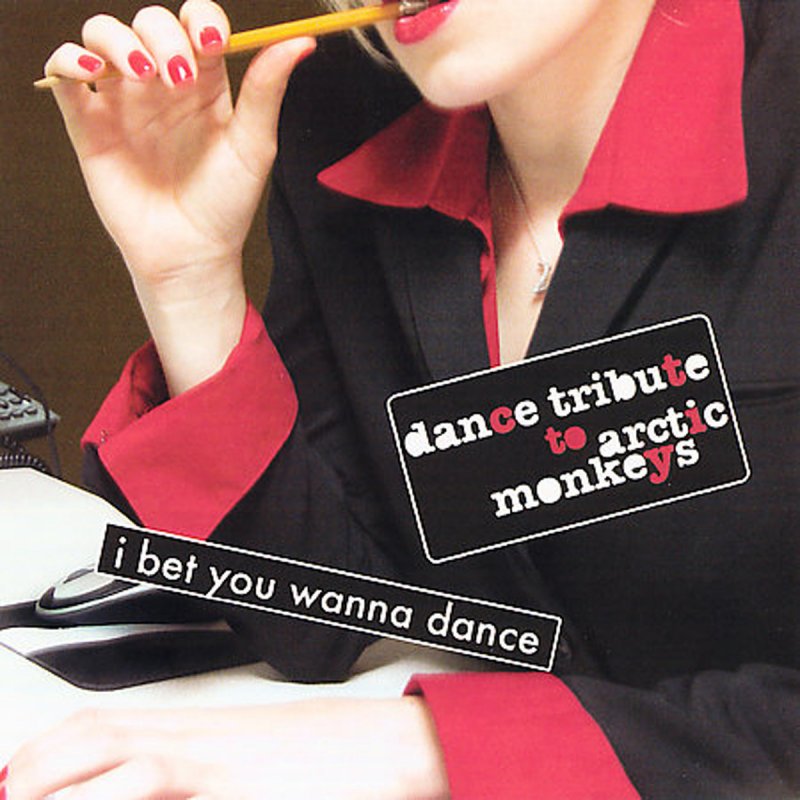
Third, dancing is associated with entertainment and alcohol. If a man feels serious and respectable, then he either does not have time or desire for this.
Nowadays the general cultural background has changed and the result is that men are learning to dance. It becomes as much a sign of masculinity as clothing, hair or beard.
Unfortunately, many misconceptions remain even among those who have already started dancing. Dance teachers do not always pay attention to this, as it seems to them that this is a matter of course.
Fallacy 3: special training is needed
For an outside observer, there is always a cognitive dissonance about what dance is. What he sees on the big stage in the form of a show with sweeping movements and splits is obviously dancing. Breakers doing unimaginable elements in the air and on their hands, competing with each other, also seem to be dancing. Pensioners in the park waltz. Dancing again, but for some reason everyone is so different. How to understand that this is a dance, and what physical criteria should be in the body.
How to understand that this is a dance, and what physical criteria should be in the body.
In fact, any self-expression through the body to music can be attributed to dance. There are a number of reservations, but they are not essential. For self-expression, a person uses the set of plastics that he has. Subtlety and technique do not depend on extreme ways of self-expression, and it often happens that splits and somersaults interfere with a meaningful dance. The development of plasticity and the expansion of the body's capabilities are part of the preparation of the dancer, but not an end in itself.
Misconception 4: You must learn to dance in pairs
In couple dancing, the final learning outcome is that the couple dances at a party. It would seem that you should always train together to get the desired result. This is not true. Let's take an example from boxing. An indicator of a boxer's skill is a fight with an opponent, but this does not mean that he constantly has to fight.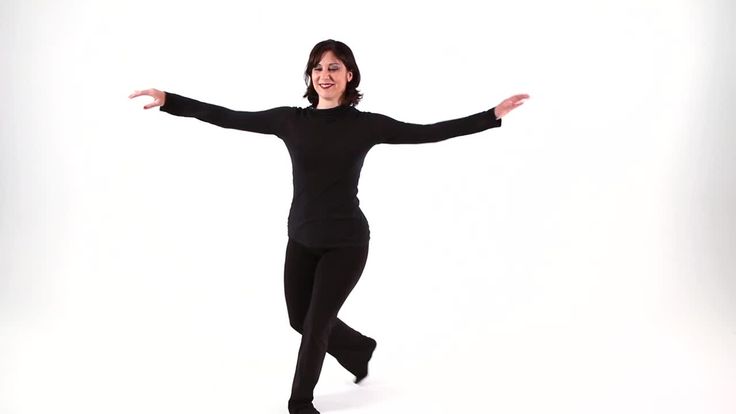 Also, the ability to dance is built on the possession of one's own body and the ability to interact.
Also, the ability to dance is built on the possession of one's own body and the ability to interact.
The skill of the teacher is the correct selection of methods so that the student masters the skill. Based on the skill, you can engage in creativity and self-expression in dance. Not everyone knows, but it is no coincidence that almost all social dance dancers have a serious dance background, which is based on the development of individual techniques.
The same can be attributed to the interaction in a pair. The ability to separate in oneself the one who leads and the one who follows the lead is impossible within the framework of studying the sequence of movements in pairs. For this, there are special exercises that make the skill more versatile. For this, the presence of a permanent couple is not necessary, as well as the regular presence of a partner in general.
IMPORTANT! You can’t experiment at a party, and everything should be in its place there: men dance with women.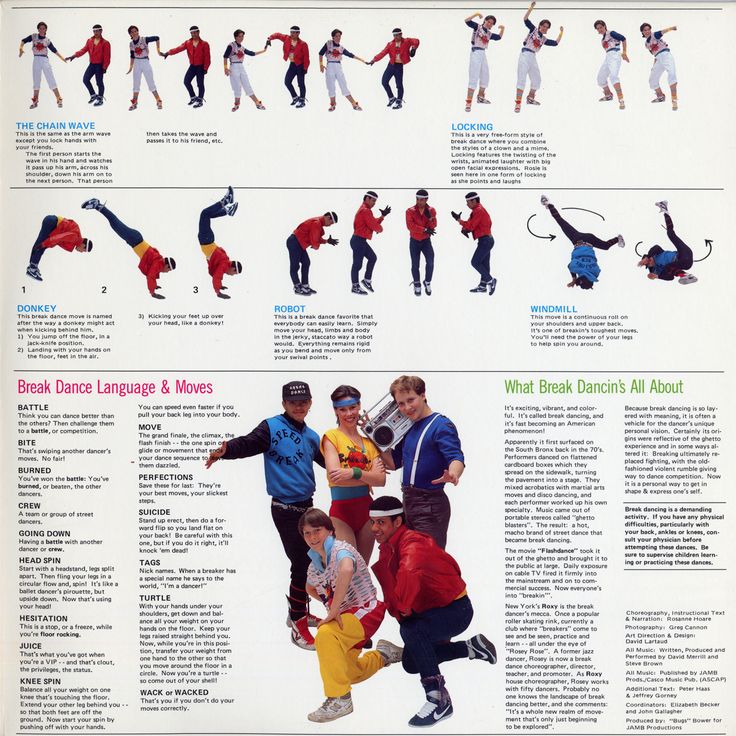
Getting rid of illusions is a complex internal process. If you leave them to yourself, you can even get the opposite result.
Misconception 5: plastique and stretching are obligatory attributes of dance
Much depends on the genre of dance that you want to master. In previous articles, I have already mentioned that different dance styles are suitable for different ages. It is appropriate to dance hip-hop in adolescence or youth, Argentine tango is a more adult dance, it is important to enter classical choreography at a young age.
The degree of necessary plasticity and sensitivity to the dance direction also correlates. For example, breaking requires great physical effort and dexterity. Elements are built on acrobatics and high speed of execution. Who are they more suitable for? Obviously young people.
There is a lot of interaction in salsa. It is necessary to feel the partner subtly, to be able to show a variety of figures and elements. Twine or acrobatics are completely inappropriate here. However, a variety of ways to show oneself are required. Accordingly, the dance is youthful, but not at all childish.
Twine or acrobatics are completely inappropriate here. However, a variety of ways to show oneself are required. Accordingly, the dance is youthful, but not at all childish.
The older the dance, the less stretching or acrobatics is required. The main emphasis is on the quality of technology, the variety of ideas and the ability to show plasticity.
Misconception 6: Mirrors are necessary for learning
There is a set of instruments that dancers use to learn how to dance. The fact is that the dancer needs to receive feedback on how his movements look from the side. It is impossible to dance and see yourself from the side at the same time. The most common tool is a mirror. But not the only one.
Like any auxiliary tool, mirrors have positive and negative effects. The positive is that they can receive feedback in real time and technically it is not very difficult. The downside can be dependence on mirrors. A situation where a dancer cannot capture the feeling of dancing, such as on stage or at a party. For these purposes, you can use, among other things, video filming or proper preparation.
For these purposes, you can use, among other things, video filming or proper preparation.
In many countries in Latin America, dance classrooms are not equipped with mirrors. Classes are held in bars or large halls. The dancers initially form the skill of focusing on the inner sensation, and not the habit of looking for their reflection in the mirror with their eyes.
Misconception 7: there is a lot of obsceneness in dancing
A common question from novice dancers who are taking their first steps in more contact couple dances is “in order to dance cool, there must be passion inside the couple?”. I immediately answer that no, not necessarily. Kizomba, bachata and Argentine tango attract many with their close contact. Like any other contact in our everyday life, in dances, contact can be different. We hug friends, parents, children. These hugs can wear many different shades. Sexual overtones are one of many.
The culture of dance also includes the boundaries of what is acceptable. A compliment from a well-mannered person is different from a statement about female sexuality by a gopnik. Usually, those who study at a dance school already have an idea of what boundaries should not be crossed. A good dance from a technical point of view will never look vulgar or vulgar.
A compliment from a well-mannered person is different from a statement about female sexuality by a gopnik. Usually, those who study at a dance school already have an idea of what boundaries should not be crossed. A good dance from a technical point of view will never look vulgar or vulgar.
Dancers always have a choice about the boundaries of contact. Most prefer to leave a good impression of themselves, as word spreads just as fast in the dance world.
Misconception 8: the best dancers are the bearers of culture
Even the very question of the origin of a particular dance can be paradoxical and ambiguous, especially when it comes to its development and performance.
For example, the Viennese waltz did not originate in Vienna, but in Germany. Salsa has its main roots in the USA, not in Cuba. The famous Greek folk dance sirtaki was invented for the film "Zorba the Greek" and appeared only in 1964.
The same can be attributed to the development of modern dance styles. Korea is known for its world-leading break dancers. People go to Turkey for Argentine tango, Spain is strong with excellent salsa and bachata dancers, in Egypt, Russians are considered the best belly-dance performers.
Korea is known for its world-leading break dancers. People go to Turkey for Argentine tango, Spain is strong with excellent salsa and bachata dancers, in Egypt, Russians are considered the best belly-dance performers.
A good dance is based on quality training and diligence. Skin color, place of birth and age are secondary. Exotic appearance, unfortunately, is often a reason to be more superficial about one's own professional development. This becomes the reason for the low level of teaching among the bearers of culture. I am sure that few readers of this post will be ready to conduct a master class in Russian folk dance outside of Russia.
The mastery of mastering and teaching a particular style does not depend on the dancer's homeland. And "they absorbed the dance with their mother's milk" is nothing more than a common misconception.
Misconception 9: You have to know a lot of moves to learn to dance
Focusing on learning a lot of moves often detracts from the essence of dance.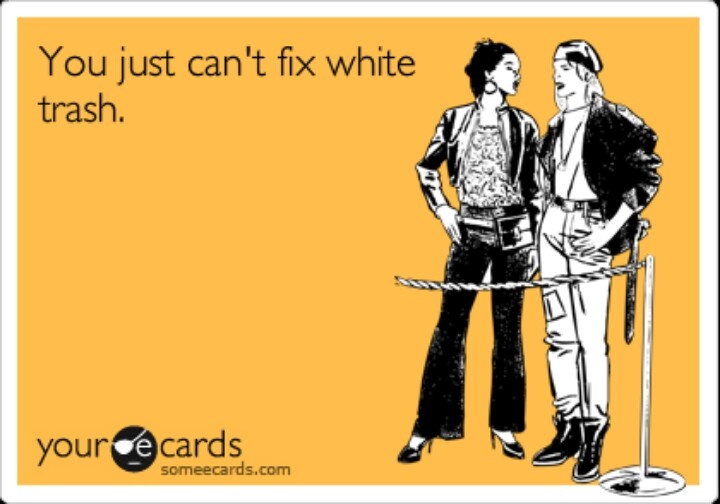 Of course, the sequence of figures is important. Especially at the start. Over time, the dancer should have an understanding of how movements can be generated independently. Accordingly, instead of memorizing millions of figures, you can understand how to create them.
Of course, the sequence of figures is important. Especially at the start. Over time, the dancer should have an understanding of how movements can be generated independently. Accordingly, instead of memorizing millions of figures, you can understand how to create them.
From every system of improvisation that a dancer can use as an instrument, dozens, hundreds or thousands of variations are derived. This frees the head from trying to reproduce the exact sequence and definitely adds freedom in the performance of the dance.
The huge theme of musicality can be attributed to the same question. Not every pre-conceived or learned sequence will fit specific music. The dance should give freedom, and not drive the dancer into the shell of the ropes.
Misconception 10: dancing is homosexual
The unusually high attention to the body and the flair from stories about professional ballet led to the spread of this myth, among other things. Unfortunately, such an idea still exists in the minds of our fellow citizens.
Unfortunately, such an idea still exists in the minds of our fellow citizens.
The dance industry is now very broad and is represented by many dance styles. Some of them can even be called homophobic. Dances reflect the general attitude to the world and it is different depending on the life position and worldview of a person.
In many dances there is contact between the dancers. In Russia, dance contact between men has always been perceived very intensely. In most other countries it is different. An example of the fact that this tension is associated only with the dance theme and does not apply to other areas is, for example, wrestling. When practicing techniques, men are in much closer contact with each other. Sometimes lying on the floor and holding each other tightly. The historical roots of Greco-Roman wrestling are also ambiguous from a sexual point of view. But in our country, unlike dance, they are perceived as acceptable and brutal.
Dance, like the culture of speech, makes a modern person more successful and self-confident.